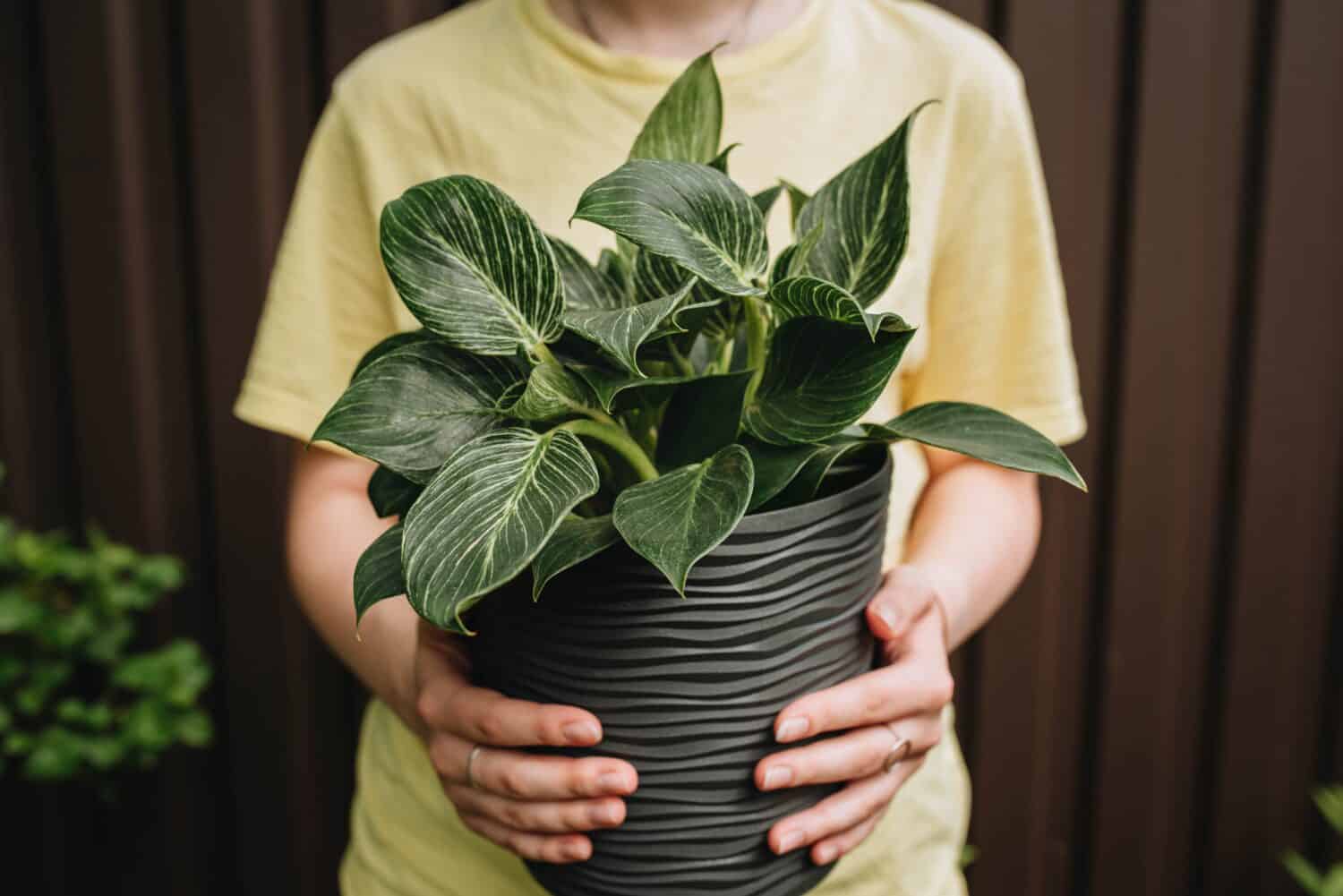While few things can beautify your home the way houseplants can, finding those that thrive indoors is a little tricky. The controlled climate and sometimes minimal natural light in our residences can be an unsuitable environment. Thankfully, many plants love living indoors. A bonus to having indoor plants is they’re proven to help purify the air in your home. Formaldehyde is a common indoor pollutant, as it’s emitted from many construction surfaces in our buildings. A study by Cornell University showed that houseplants reduce formaldehyde along with many other common indoor toxins. Are you ready to take the plunge? Here are nine no-fail houseplant options you’ll be happy to have as your new roommate.
Cacti Make Quirky, Easy-Care Houseplants
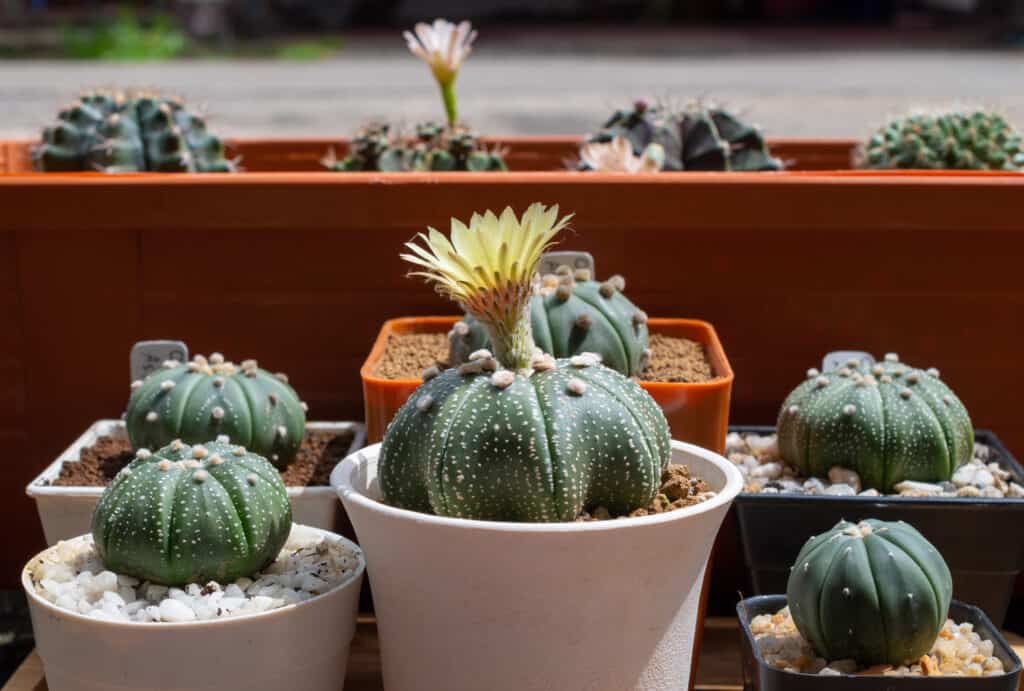
Cacti are no-fail houseplants in a broad range of colors, shapes, and sizes.
©iStock.com/Boyloso
No longer just the spiky plants found in desert areas, cacti have found a permanent place in home decor. Their endless variety of shapes, colors, and growing habits can provide visual interest to any area. While some, like the Christmas Cacti, bloom, others steal the show with their structure. String of Pearls, for example, grows in long, trailing ropes. Pot these cacti in hanging baskets for drama. Thimble, Barrel, and Mistletoe Cactus grow well in small containers and can be placed on countertops or tables. Care for your cactus by providing the plant with a relatively sunny area. Cacti grow between March and September before they enter a dormant phase.
During their growing stage, only water your cactus whenever their soil is dry. Too much water, or soil that remains wet, can cause root loss to your plant. During the dormant phases, you should only water your cactus if the plant begins to show signs of dehydration. Yellowing of the leaves, leaf loss, or writing of the plant are all signs your cactus needs water.
For a Versatile Houseplant, Try Bromeliads
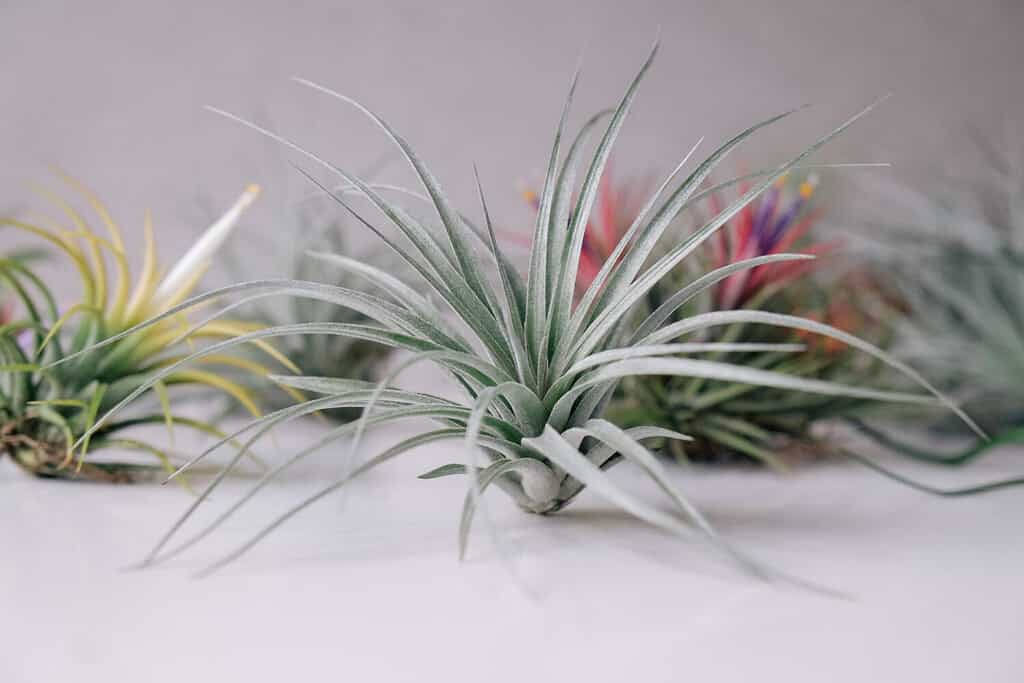
Bromeliads can grow nearly anywhere, require little water, and can thrive in low light.
©Rattama Klawnopparat/Shutterstock.com
It’s difficult to choose a plant that’s more versatile and easy to care for than members of the Bromeliad family. These no-fail houseplants are epiphytic, meaning they can securely attach themselves to trees, pots, man-made supports even other houseplants. Some bromeliads, commonly called ‘air plants‘, grow without soil. This allows homeowners to make creative displays of their houseplants. Fill glass containers with air plants to hang from windows, or tuck them into corners of bookshelves. Most of these plants prefer dappled or part sun, and weekly misting with water. They’re not very fond of humidity or cold, so be sure to place your plant away from drafts or more humid areas of your home. In summer, your bromeliad will need water about every two weeks, and every three weeks in the winter.
Most bromeliads bloom a single or cluster flower formation from the center of the plant. The plant itself rows in a rosette pattern, with circular, flat leaves. These plants are visually striking and available in color schemes beyond basic green. Some, such as Vriesea, have dramatically striped leaves in green, white, and purple. They flower a single, vibrant red bloom.
Succulents Make Fantastic Indoor Gardens
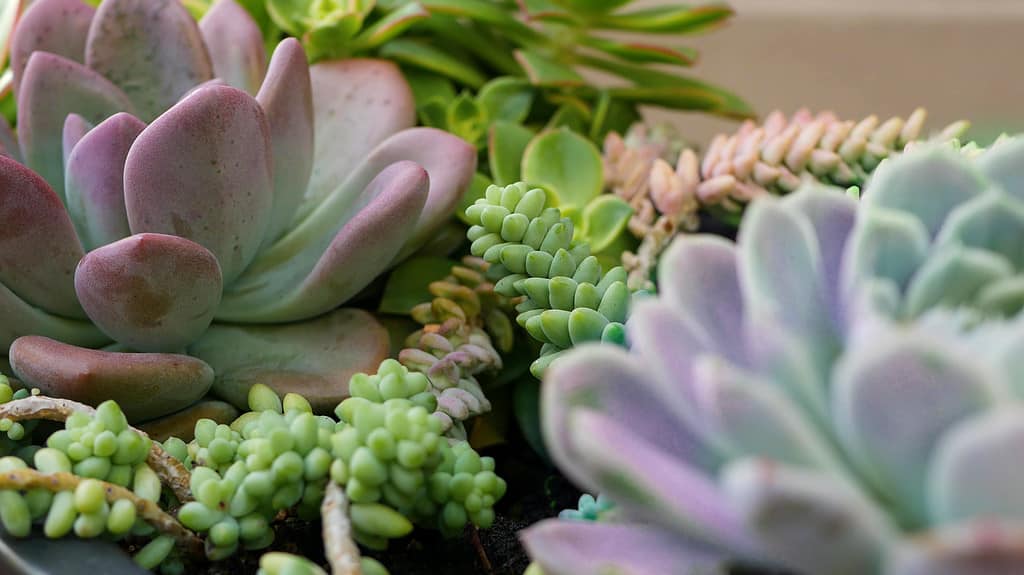
A popular choice for group planting, succulents make beautiful, easy-care gardens.
©iStock.com/DogoraSun
Succulents are more than just cacti without sharp points. Succulents come in as many different shapes and colors as cacti, including some that are tree-like. They have thick, fleshy leaves and often a stout growing habit. Smaller succulents can be planted in groupings for display on coffee tables, while larger succulents like the Jade plant grow into large tree formations. Whether single or a group, succulents require little care. They do require at least six hours of sun a day, so pick your spot carefully. They store excess water in their leaves and only require watering once or twice a month. Be sure to plant them in soil that provides excellent drainage, as the plant can easily drown in too much water.
Ferns are a Houseplant Classic
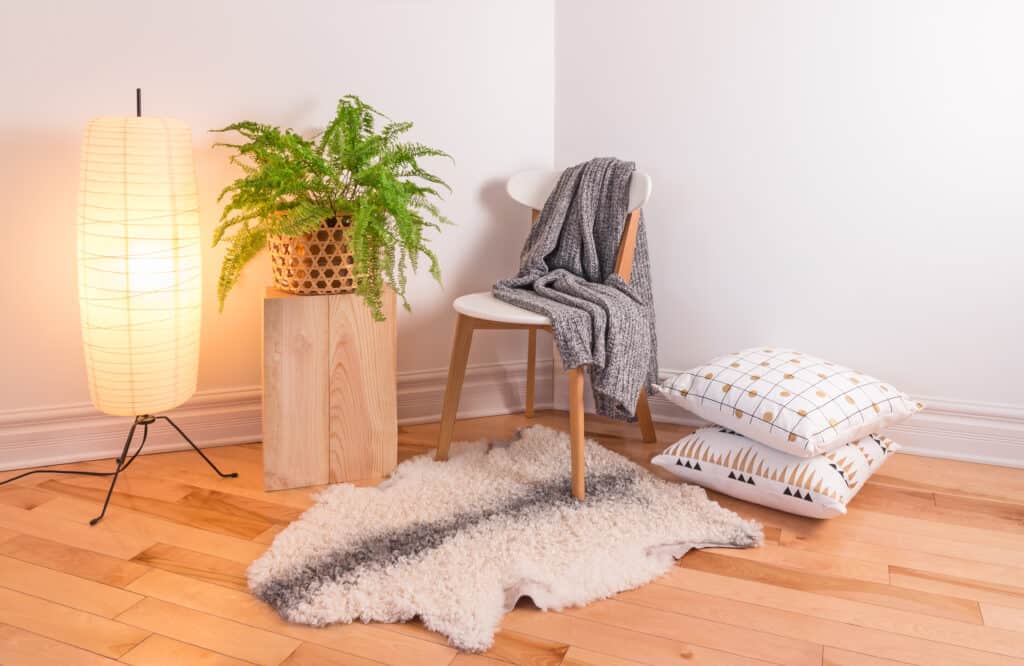
Leafy ferns have been a popular houseplant since the Victorian Era.
©Studio Light and Shade/Shutterstock.com
Ferns experienced a resurgence of popularity as a houseplant in the 1980s, and it’s easy to see why. They don’t require a lot of light, which makes them perfect for out-of-the-way corners. While most people recognize the delicate and lacy leaves common to most ferns, these plants come in several shapes. The Staghorn fern grows broad, thick leaves that resemble antlers, while the Blue Star fern grows clumps of flat leaves with curly edges. Ferns prefer a little more water than the other plants on this list. Ensure they have rich, loamy, and slightly moist soil for the best results.
Specialized Trees are Great Indoors
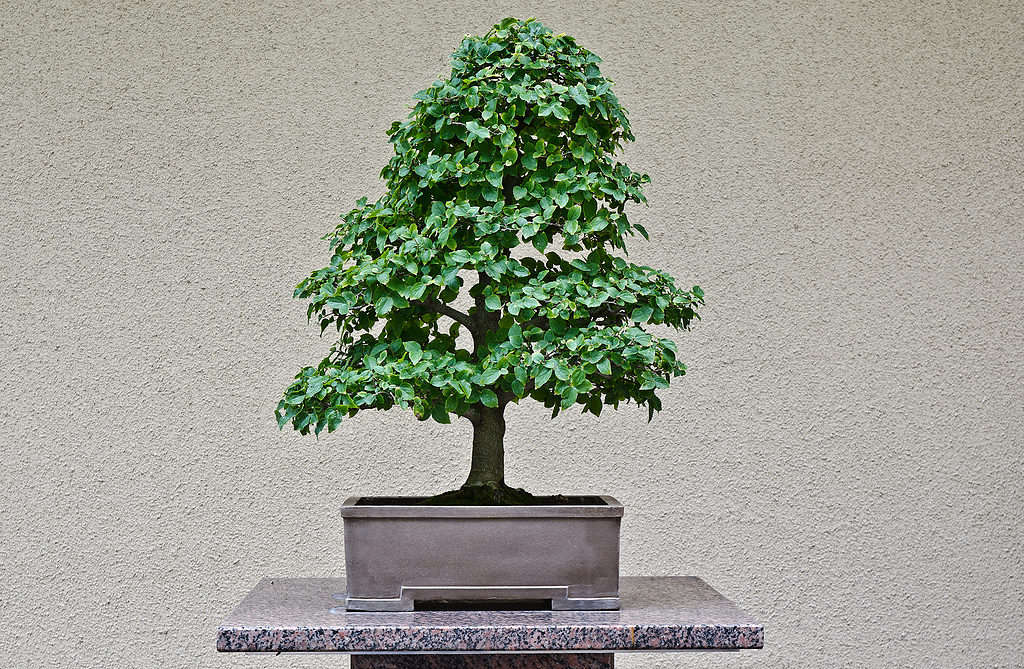
Bonzai trees were likely the first trees to come indoors as houseplants.
©Marc Bruxelle/Shutterstock.com
The ficus tree is the most commonly encountered indoor tree due to its combination of easy care and glossy green leaves, but many trees are suited to indoor life. Fiddle leaf figs, citrus trees, banana trees, and kumquat have all been successfully grown indoors. Some varieties will continue to produce fruit, while others won’t fruit from a pot. If you’re interested in gaining edible fruit from your tree, be sure to research the variety well. Fruit trees grown indoors will require adequate sun and the addition of fertilizer during the fruiting season. Other trees, such as Rubber, Yucca, and Bay Laurel will do well in a bright, humid location. These trees quickly grow into tall indoor plants when placed in entryways, bathrooms, and bright hallways.
Philodendrons Provide Year-Long Foliage
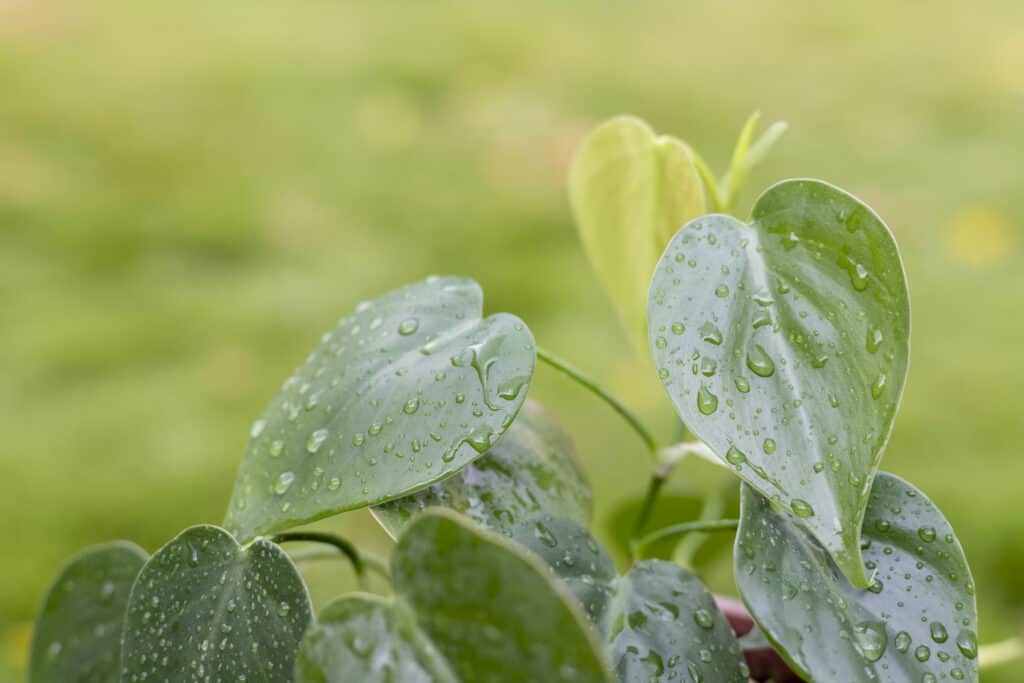
Today, there are numerous philodendrons in cultivation. Among the most common is the heartleaf philodendron.
©iStock.com/Bilal photos
Philodendrons are recognized in two varieties: vining and non-vining. Vining philodendrons will grow continuously and need regular trimming of the stalks to avoid appearing thin. Non-vining philodendrons can be grown in pots and will create a mounding habit. Philodendrons grow very quickly and are easy to propagate from cuttings. While they require a lot of sun, direct sunlight can cause the leaves of your plant to ‘burn.’ For best results, place your philodendron in indirect sun. Regularly dust the leaves of your plant, and water just until the soil is damp.
Pothos are the Original Leafy Houseplant
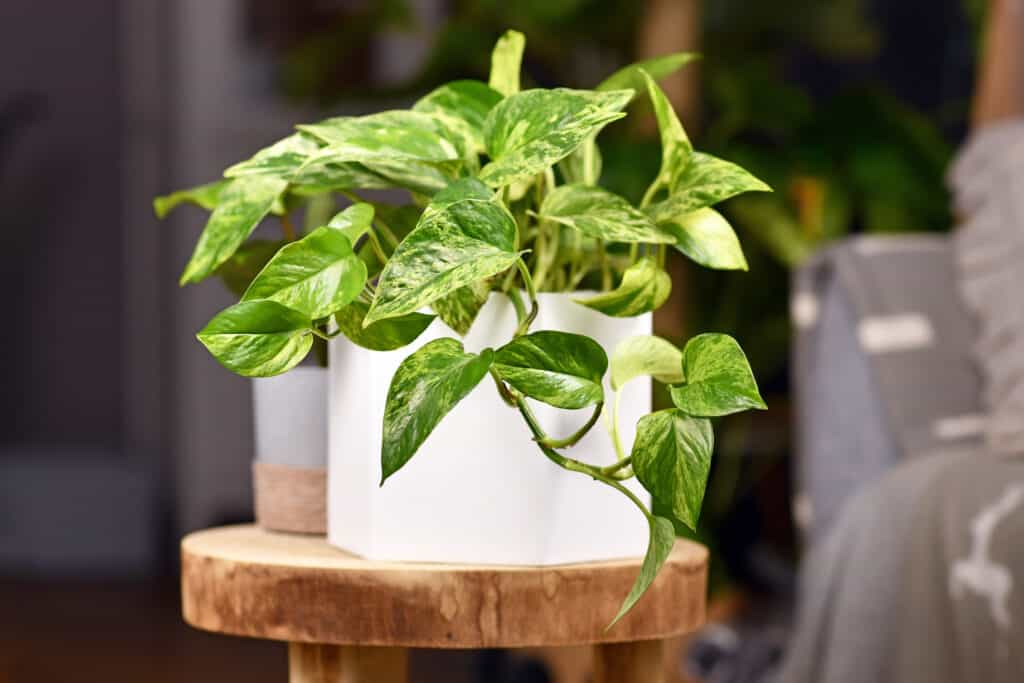
The Golden Pothos grows in humid environments, making it a good choice for tropical-style snake cages.
©iStock.com/Firn
Pothos have long been the kings of no-fail houseplants. Trailing growing habits combined with various interesting leaves, low light requirements, and easy care make this house plant a winner. Propagation is easy, as well. If your plant begins to grow too large for the area, simply cutting off stems and placing them in water will encourage roots to form. You can either grow many plants for your enjoyment or gift them to loved ones. Pothos prefer indirect but bright light and humid environments.
Monstera Plants Are Gaining Indoor Popularity
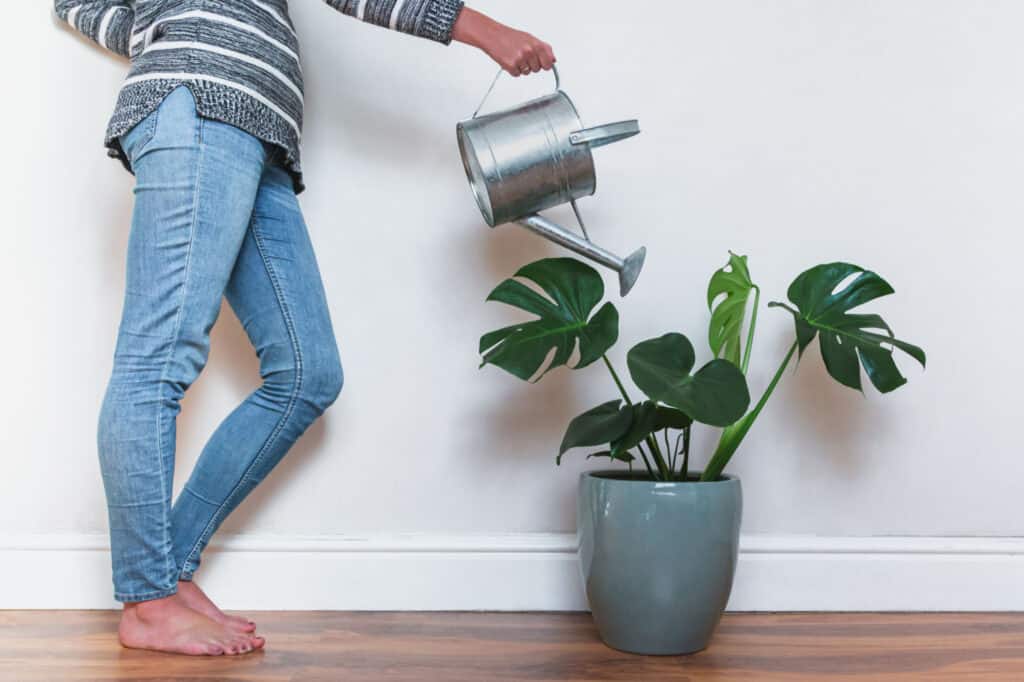
Most monstera varieties love plenty of water.
©Francois Louw/Shutterstock.com
There’s no houseplant quite as dramatic as a monstera. Known for its gigantic growing habit and striking appearance, these plants make a statement. While they prefer mixed sun and shade, be sure to place the plant in its intended spot early. It can easily grow to a size that would make it heavy to move. Some monstera’s leaf stalks grow very tall and may wilt under the weight of the leaves. For this reason, many owners choose to place a wire cage support in the center of the pot when planting. While these plants love water, they don’t love too much sun.
Palms Grow Surprising Well in Pots

A tall, bushy growth habit makes palms the perfect choice to fill odd corners of your home.
©iStock.com/Wheatfield
Palm trees are a fantastic choice for sunny corners of your home. Some, like the Ponytail palm, will grow to a mature height of about six feet tall in a container. Parlor palms, however, grow only a few feet tall. The sun requirements for these plants vary greatly by the subspecies. Be sure to check the care sheet as well as the mature height for any palm that you plan to keep indoors. While many palms do reach larger sizes, they’re typically slow-growing and no-fail houseplant options.
Thank you for reading! Have some feedback for us? Contact the AZ Animals editorial team.

